Beginning in the fourth year of high school, most young people can recognize many of their own personality traits, abilities and core values, but you should continue to highlight their qualities and achievements and help them explore concrete experiences. To do this, many high schools offer activities such as “student for a day” in cégeps and vocational training centres, visits to various institutions, etc.
Internships – especially useful
An internship is an important tool for young people: a student interested in auto mechanics can spend half a day with your mechanic (if he agrees of course!) to find out if this trade really does interest him. Many professionals are open to this type of internship that encourages young people to explore, specifically in sectors experiencing manpower shortages. Do not hesitate to ask!
Many professionals or tradespeople are flattered by the attention paid to their occupation and will be pleased to share their expertise.
Inspired by Madame Marcelle Gingras, teacher and retired guidance counsellor, Université de Sherbrooke.
